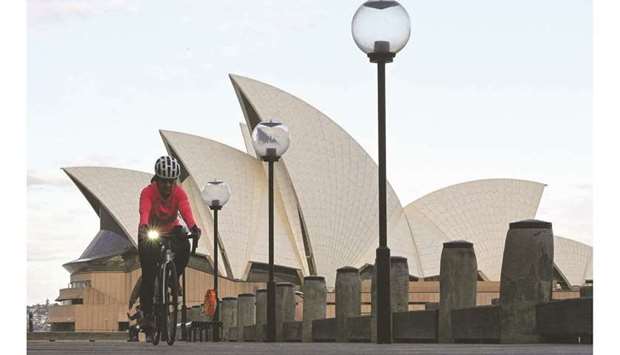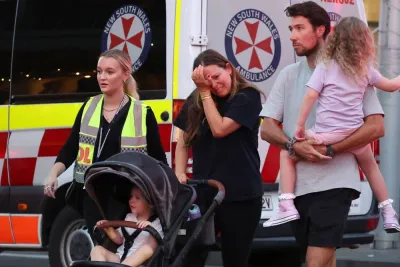• New South Wales Premier Gladys Berejiklian said the government’s modelling revealed the state would require its highest number of intensive care beds in early October
Sydney, the epicentre of Australia’s biggest coronavirus outbreak, is expected to see daily infections peak next week, authorities said yesterday, as they look to speed up immunisations before easing lockdown rules.
Australia is trying to contain a third wave of infections that has hit its two largest cities, Sydney and Melbourne, and its capital Canberra, forcing more than half the country’s 25mn people into strict stay-at-home restrictions.
New South Wales Premier Gladys Berejiklian said the government’s modelling revealed the state would require its highest number of intensive care beds in early October, with “additional pressure on the system” in the next few weeks.
Daily cases in Sydney’s worst-affected suburbs are expected to rise to as high as 2,000 until the middle of this month, the modelling showed.
“If too many of us do the wrong thing, (if) there are too many super-spreading events, we could see those numbers higher,” Berejiklian said during a media briefing in Sydney, the state capital.
A total of 1,071 coronavirus cases are currently in New South Wales hospitals, with 177 people in intensive care (ICU), 67 of whom require ventilation.
Officials have said they had quadrupled ICU beds to about 2,000 in the state early last year to handle the pandemic.
The state reported 1,281 new cases yesterday, most of them in Sydney, down from 1,485 a day earlier. Five new deaths were recorded.
Victoria state, which includes Melbourne, reported 246 new cases yesterday, its biggest daily rise of the year.
Despite the recent outbreaks, Australia’s coronavirus numbers have remained relatively low at around 63,000 cases and 1,044 deaths helped by hard lockdowns and border restrictions.
But businesses have had to bear the brunt, with Australia on the brink of a second recession in as many years.
Melbourne’s giant observation wheel, part of the city’s skyline for more than 15 years, will close permanently due to Covid-related “travel restrictions and sustained shutdowns”, its operator said yesterday.
Australian Industry Group, meanwhile, has warned the country could face power blackouts in summer if quarantine-weary workers refuse to cross state borders for repairs and maintenance.
Authorities have pledged more freedom of movement, including opening of state borders, once 70% to 80% of the population aged over 16 is vaccinated, although some virus-free states may delay their reopening plans due to the Delta outbreak in Sydney.
Just over 38% of Australia’s adult population has been fully vaccinated, with the country expected to reach 70% by early November based on current rates.
The federal government has doubled the available Pfizer doses for September after last week entering into vaccine swap deals with Britain and Singapore for a total of around 4.5mn doses, with nearly half a million arriving overnight.
“There will be another set of flights in a couple of days, but we’ll pretty much be getting a million of the 4mn every week over the next four weeks,” lieutenant general John Frewen, head of the vaccination taskforce, told broadcaster ABC.
Frewen said 1mn doses of Moderna will also reach Australia in “a week or so”, becoming the third vaccine to join the rollout along with Pfizer and AstraZeneca shots.

A woman rides on a bicycle in front of the landmark Sydney Opera House during lockdown yesterday.


